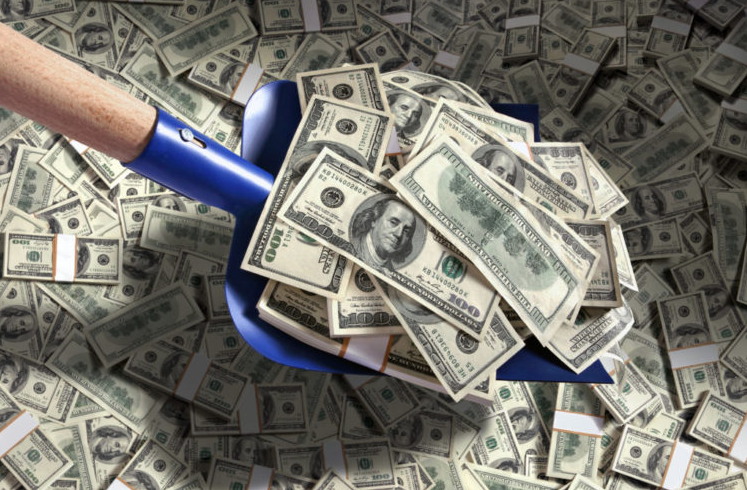You might consider Steve Forbes’ fears about inflation to be overblown. If so, you probably have yet to read a new Bloomberg Businessweek article in which various Keynesian economists propose ways to boost consumer spending by trashing the dollar.
What are the options if [former Treasury Secretary Larry] Summers is right? One is to continue monetary and fiscal stimulus. But that inflates the national debt and, possibly, asset bubbles. University of Michigan economist Miles Kimball has another approach: Break the zero lower bound by placing sharply negative interest rates on deposits—i.e., charging customers for keeping money in the bank. Depositors would normally defeat this tactic by pulling their money out and keeping it in cash. So Kimball proposes devaluing cash itself by tying its value to that of money deposited in the bank. “Paper currency could still continue to exist,” Kimball writes, “but prices would be set in terms of electronic dollars (or abroad, electronic euros or yen), with paper dollars potentially being exchanged at a discount compared to electronic dollars.” In practical terms, shoppers who paid cash would be assessed a surcharge that would grow over time. The pressure on consumers to buy before their money lost value would be intense.
At least former Congressional Budget Office director Douglas Holtz-Eakin adds some sanity to the mix.
“We’ve had four years of extraordinarily loose monetary policy without satisfactory results, and the only thing they come up with is that we need more?”


